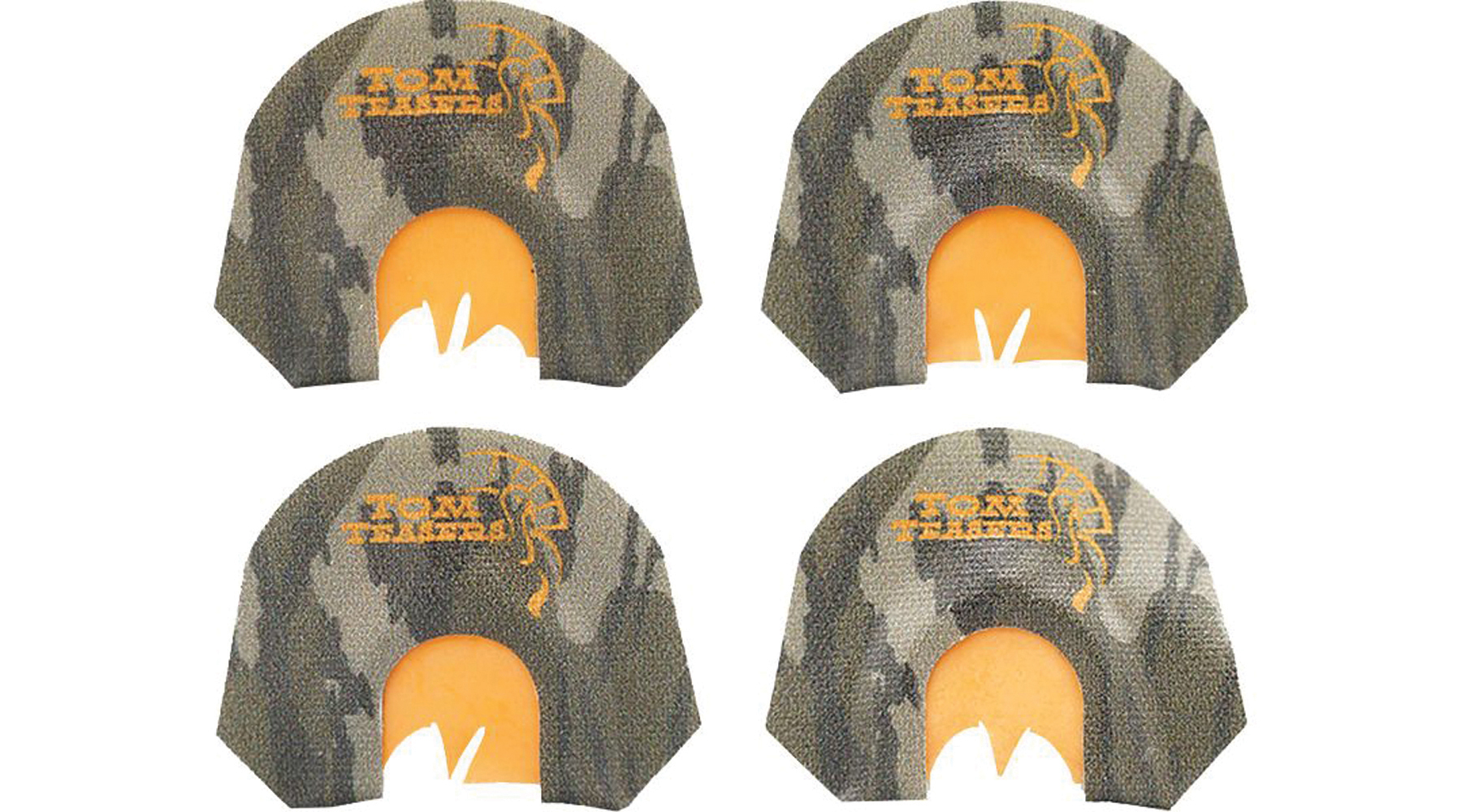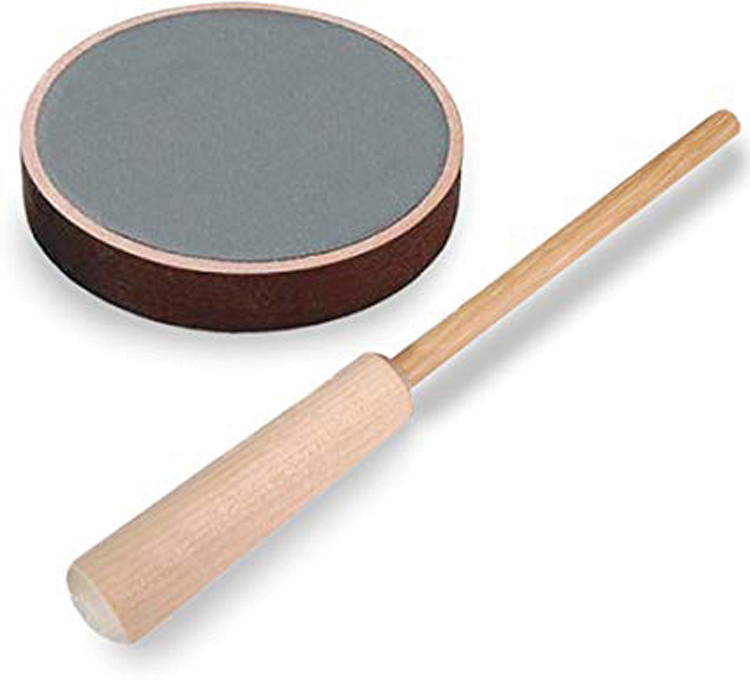East Tennessee Outdoors: Tips for Tennessee Turkey – Part 1
Published 11:54 pm Monday, March 16, 2020


BY DANNY BLEVINS
STAR CORRESPONDENT
Trending
The mountain was dead. Nothing was moving and not even the songbirds were making a sound. The weather was threatening a storm, and as the ominous clouds got closer, I could see lightning in the distance.
Then I heard a clap of thunder that told me to find shelter, but there was just one problem, the gobblers started gobbling.
One gobbled in a hollow. Another gobbled on a distant ridge. Another gobbled straight in front of me, and finally, one gobbled in a hollow to my right. There were four of them in total.
Every time it thundered, all four of them gobbled. Time after time they gobbled until my heart was beating so fast, I had to swallow to hear it. The biggest problem though was I could not hunt them.
The weather was just too dangerous. I shook my head and headed home, knowing I had just learned something important about gobblers. Unusual sounds often trigger a response from a mature gobbler.
If you or I live to see a ripe old age and turkey hunt every day of it, we will not understand everything about the tom turkey. He is one of the most elusive creatures in the woods and one of the hardest to hunt.
Trending
With turkey season opening in a few short weeks, I thought it might be a good idea to go over a few basic tips that will help you harvest Mr. Tom Turkey.
I have learned these through hard work and hours of being fooled by every turkey on my mountain. Maybe they will make you a better hunter.
Tip 1: Watch the weather. The weather plays a big role in the movement of most gobblers and their hens. If the weather is light rain, they may stay in fields and feed and otherwise go about their business.
If the weather is a heavy rain, they will head for cover and the gobblers will usually be quiet until the rain is over.
If you are hunting in a light wind, it will affect them very little, but a heavy wind will shut them down completely. They simply do not trust their eyes when the wind is moving every branch, leaf, and bush in the woods during a heavy wind.
Finally, to me the best weather to hunt gobblers is right after a spring rain. They will usually congregate in a field and feed on the moist grasses. Meanwhile, the gobbler is doing his best to bring his hens back together and make up for lost time.
Don’t give up on the weather, but hit the woods when the rain stops and the turkey still have time to feed before going up to roost.
Tip 2: Catch them when they are roosting. If you know where a gobbler and his hens are roosting, slip in before daylight and give him a few clucks and yelps from your call.
This will sometimes cause him to fly down and come to your call, but even if he doesn’t come straight to you, this will put you in his mind when he flies down and gathers his flock.
He may think that you are just another hen, and if he doesn’t sweet talk you back to him, he may lose you to another gobbler. Either way, you are giving yourself a better chance than if you stay quiet and hope he walks by you.
There are many tips and tricks that can make all of us better hunters.
If you want a Tom Turkey for the oven on Easter Sunday, read the next East Tennessee Outdoors column for more turkey hunting tips in part 2 of Tips for Tennessee Turkey.







